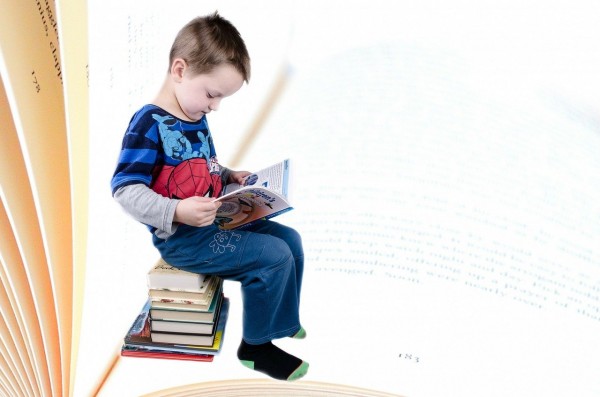Children More Likely To Spread COVID-19 Than Many Doctors Realize

The American Academy of Pediatrics discovered a sharp increase in the number of children in the US who test positive, proposing that ‘far more children were infected’ than the public realized.
Some schools in the United States have recently reopened with in-person classes, and they have already set off alarm bells on how fast COVID-19 can spread.
Georgia's Cherokee County School District, north of Atlanta, reported more than 100 confirmed cases of COVID-19 by the latter part of its classes' second week. According to reports, over 1,600 staff and students have been sent home following their exposure to COVID-19 patients.
On the third week, three of the high school's districts had provisionally returned to pure online learning. Nebraska, Mississippi and Tennessee schools, as well as the other states, reported multiple COVID-19 cases and provisional school closures.
Deciding if opening schools will have in-person classes in this time of public health crisis is a difficult decision. But children learn more effectively in school where they can directly contact and communicate with their teachers.
ALSO READ: Childhood Syndrome Linked to COVID-19 Leads to Changes in the Immune System
Infection in Kids and How It Spreads
At first, it seemed that COVID-19 had minor impacts on children and that they did not transmit it as much as adults. However, a new study has changed that.
An extensive research from Korea published last month found that older kids aged between 10 and 19 years were similar to adults that could spread the COVID-19 infection to others.
Additionally, children were suspected of spreading the virus to fewer people. However, a Chicago hospital discovered that children below five years old who had mild to moderate infection of COVID-19 really had more coronavirus inherent material in their upper respiratory tracts, compared to adults and children.
The study also indicated that an outbreak of COVID-19 at a summer camp in Georgia showed how children, regardless of age, are vulnerable to the disease.
Fifty-one percent of the camp participants aged six to ten tested positive for COVID-19, as did 44 percent of kids whose ages are 11 to 17 years.
By the middle of this month, some states reported that children signified roughly 9.1 percent of all reported cases of the said infectious disease and that it increased to more than 530 cases on average, in every 100,000 kids.
The American Academy of Pediatrics discovered a sharp increase in the number of children in the U.S. who test positive, proposing that far more children were infected than the public had realized.
DON'T MISS THIS: COVID-19 Update: Recent Developments Regarding the Infectious Disease
Children at Risk
In general, children experience milder symptoms of COVID-19 compared to adults. To them, it may appear as a fever, cough, sore throat, runny nose, exhaustion, shortness of breath, headaches, muscle aches, or diarrhea.
The study proposes that children may experience more stomach issues than adults. However, it is not the same for all children.
Some children have died after they contracted COVID-19, while others have experienced severe complications after they seemed to have recovered from the illness.
Like adults, children are more likely to develop symptoms if they have existing medical conditions like asthma, diabetes, lung disease, and obesity.
In very rare occurrences, a few weeks after contracting COVID-19, some patients have developed MIS-C or multi-system inflammatory syndrome, which has similar symptoms as the Kawasaki disease.
Such symptoms include fever, gastrointestinal problems, heart damage, and rashes. Reports say that at least six children in the country have already died from the disease.
A major concern for schools is that kids infected with COVID-19 but don't have symptoms may be spreading the infection to their, classmates, teachers, and friends, who, in turn, take the contagion home to their families and even out in the community.
IN CASE YOU MISSED IT: Case Report at Children's National Hospital Raises Concern for Resistance to Antibiotic
Check out more news and information on COVID-19 on MD News Daily.
Aug 20, 2020 02:22 AM EDT





